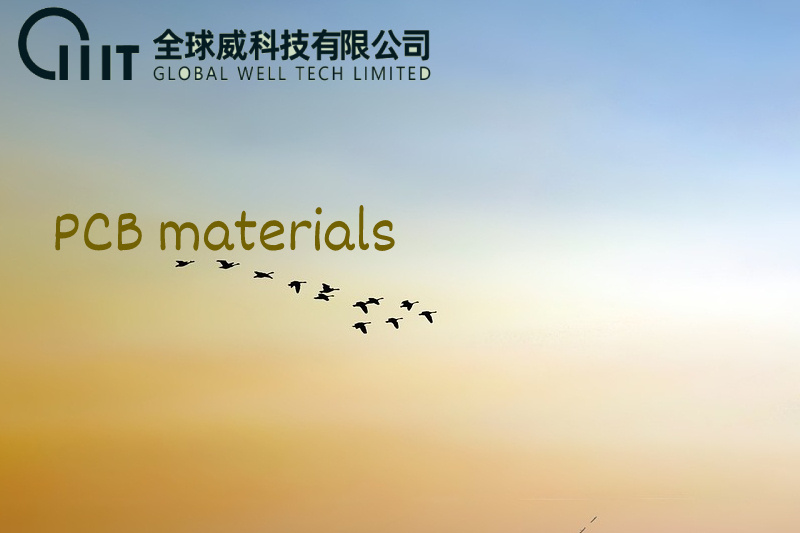PCB knowledge
PCB materials
PCB materials
The selection of the substrate material plays a key role in the production of electronic PCB boards, as it largely affects the performance, durability, and other features of your electronic PCB boards. Today, numerous new types of materials are used to meet the stringent technical performance requirements of smart devices. Since the right material selection affects the quality and reliability of PCB boards, and end products they serve, we at GWT choose them wisely during the board fabrication. The team at GWT utilizes a vast range of substrates to fabricate electronic PCB boards and we know the peculiar properties of every substrate. This enables us to choose the right material as per the technical requirements of the board.
Types of Materials We Use at GWT
To elevate the performance of PCB, we ensure to choose only the finest quality substrate materials sources from renowned vendors. The types of materials we utilize in our production process include below,For more material choosing,Please contact our sales person.Or send email to hopetimepcb@gwt-pcba.com
1.FR 4: FR-4, which stands for ‘fire retardant’ refers to a grade of materials composed of woven fiberglass cloth with an epoxy resin binder The reasons for its popularity include high dielectric strength, lightweight, high mechanical strength, and moisture resistance. FR4 electronic PCB board finds immense applications in high-frequency designs. The FR4 material is available in standard, as well as high glass transition temperatures. We also provide halogen-free version of the material.
2.FR 406: This is a high-performance epoxy material engineered to meet the requirements of multilayer electronic PCB boards. This material is processed in the same way as the standard FR4 PCB material; however, it offers improved dimensional control, excellent thermal and chemical performance.
3.370 HR: 370HR is a high-performance FR-4 laminate used for manufacturing multilayer electronic PCB boards, where reliability and maximum thermal stability are essential. These laminates are engineered from a multifunctional epoxy resin, and reinforced with an E class glass fabric. This material provides better thermal performance than FR4.
4.Rogers 4003: RO4003™ is a high-frequency circuit non-PTFE material engineered with glass-reinforced ceramic/hydrocarbon laminates. These circuit engineering materials are designed for high volume and performance-sensitive applications. The material provides excellent control on dielectric constant while following the same manufacturing method as FR4. Unlike various PTFE-based microwave materials, this material requires no handling procedures or through-hole treatments. RO4003™ material is not UL 94V-0 rated, which means it is not recommended for applications requiring UL 94V-0 flame rating.
5.Rogers 4350: RO4350B ™ materials, which are UL 94V-0 rated, are woven glass reinforced ceramics/hydrocarbons with an electrical performance that matches woven glass/PTFE. The material is processed following the FR4 standards. RO4350B TM provides tight control on dielectric constant, and requires no special handling or through-hole treatment as PTFE based microwave materials. As a renowned Rogers PCB Manufacturer, we constantly produce the board for high power RF designs and active devices.
6.Other Rogers items
7.Aluminum and Copper Base: Our name is well established in the market as a trusted copper multilayer PCB manufacturer. Generally, referred to as metal base PCB, aluminum and copper base PCBs we produce are well-known for their thermal conductivity, machining performance, and electrical insulation characteristics. We, being a prominent aluminum printed circuit board supplier, are committed to deliver the finest quality boards meeting your performance requirements.
8.Teflon: Looking for a leading Teflon PCB manufacturer to work on your next project? We at GWT are experienced in working with the material. Teflon (PTFE) material is well-known for its thermal stability, durability, flame resistance, and electrical properties, which make it one of the reliable materials for electronic PCB boards manufacturing.
0users like this.



